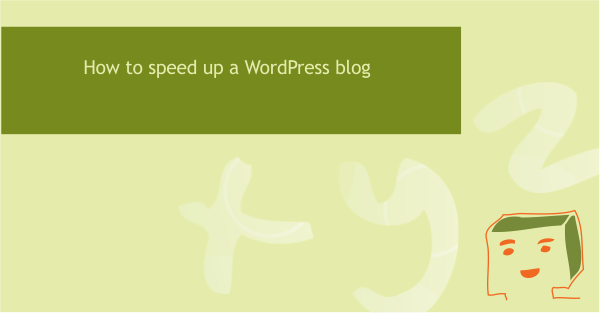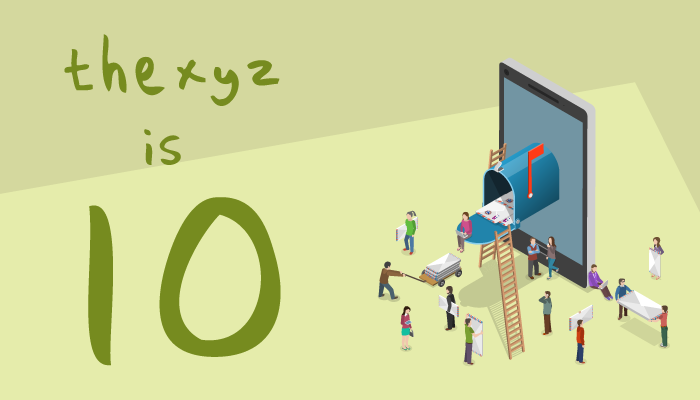Web users do not like to wait for a web page to load, (neither does a search bot) – if a site is taking too long to load, the visitor is more likely to close it and move on. This is especially true for blogs, which are meant to be seen and read. Today, we will share with you several tips on how you can speed up a blog running on WordPress.
1. Eliminate unnecessary plugins
Don’t use too many plugins – they will noticeably slow down your website. Imagine them as too many apps running at the same time – they will affect the overall performance of the blog. Keep the number of the plugins low – let’s say from 5 to 10, but don’t go over 20.
2. Optimize your Database
All the information for your blog posts and comments is stored in a database. So, to speed up the loading speed, you can optimize this database. There are two ways to do that – with the WP-Optimize plugin, or manually. The plugin is the easier way, but always remember point 1 of this article. If you want to do things manually, follow these instructions:
1. Inside your web hosting Control Panel, locate and open PHPMyAdmin- you can find it in the Database Manager section.
2. Once logged in the PHPMyAdmin, select your database.
3. Click “Check All” at the bottom of the page.
4. Choose “Optimize table” in the drop-down list next to it.
5. Done!
3. Cache your Database
Another way to speed up the work of your database is to cache it. This way, you will reduce the number of queries made to the database each time a user visits your blog. You can cache your database with the DB Cache Reloaded plugin.
4. Disable Post Revisions
Post Revisions exist since WordPress 2.6 and they are useful when there are several writers working on the same blog, or if you make constant changes to your blog posts. If left enabled, this feature will create multiple entries for a blog post in your database, effectively slowing it down.
5. Use a Cache Plugin
You can also create static versions of the most visited web pages. This way, you will reduce the queries made to the database. And static HTML pages load much faster. There are a lot of cache plugins, but be careful with their configuration – if they are left untended and not properly configured, they tend to use too much CPU power.
6. Optimize your images
Have your images optimized – you can use Photoshop’s “Save for Web” function, which will save the image with a good balance between size and quality. Here is a list of other image optimization tools:
Online Tools:
- PunyPNG
- Smush.it
- Online Image Optimizer
Desktop Tools:
- Shrink O’Matic
- PNGGauntlet
7. Optimize your CSS and JavaScript files
Another way to speed up your website is to optimize the CSS and JavaScript files – this way you will reduce the size of the files and save some disk space and decrease the server load. There are several tools you can use to do that.
To compress the CSS files, you can use several tools:
- WP CSS plugin
- CSS Optimizer
- CSS Compressor
To optimize your JavaScript files, use:
- JavaScript Compressor
8. Remove externally embedded images
Simply save the image and upload it your server, this will make the page load faster as it will not have to call out to the external website where the image is hosted.
9.Reduce spam
There are many tools to help reduce spam, if you are getting overrun with spam then it may effect your page load time.
10.Resize, reduce and re-upload images
Before uploading your image to where you need it go, be sure to format it to the correct size in pixels by using photo editing software or Adobe Illustrator. Loading a smaller sized image will much increase page load time so be sure to make sure your web images are as small as can be.
A big factor to a slow WordPress site is having a slow shared server. Our Managed WordPress hosting gives you the resources needed to decrease your page load time on a WordPress optimized cloud server.







